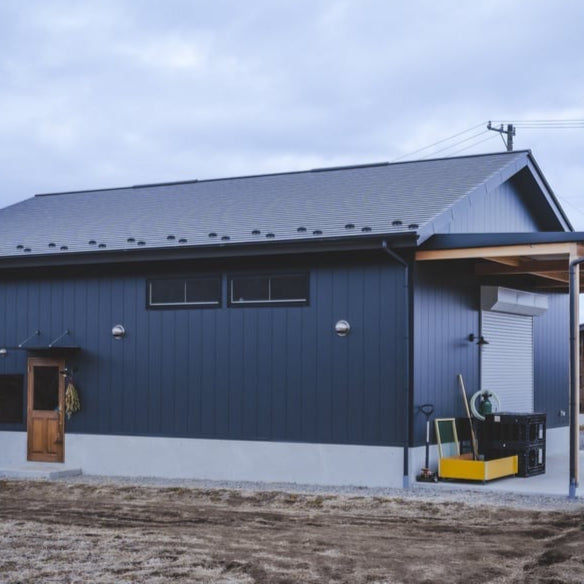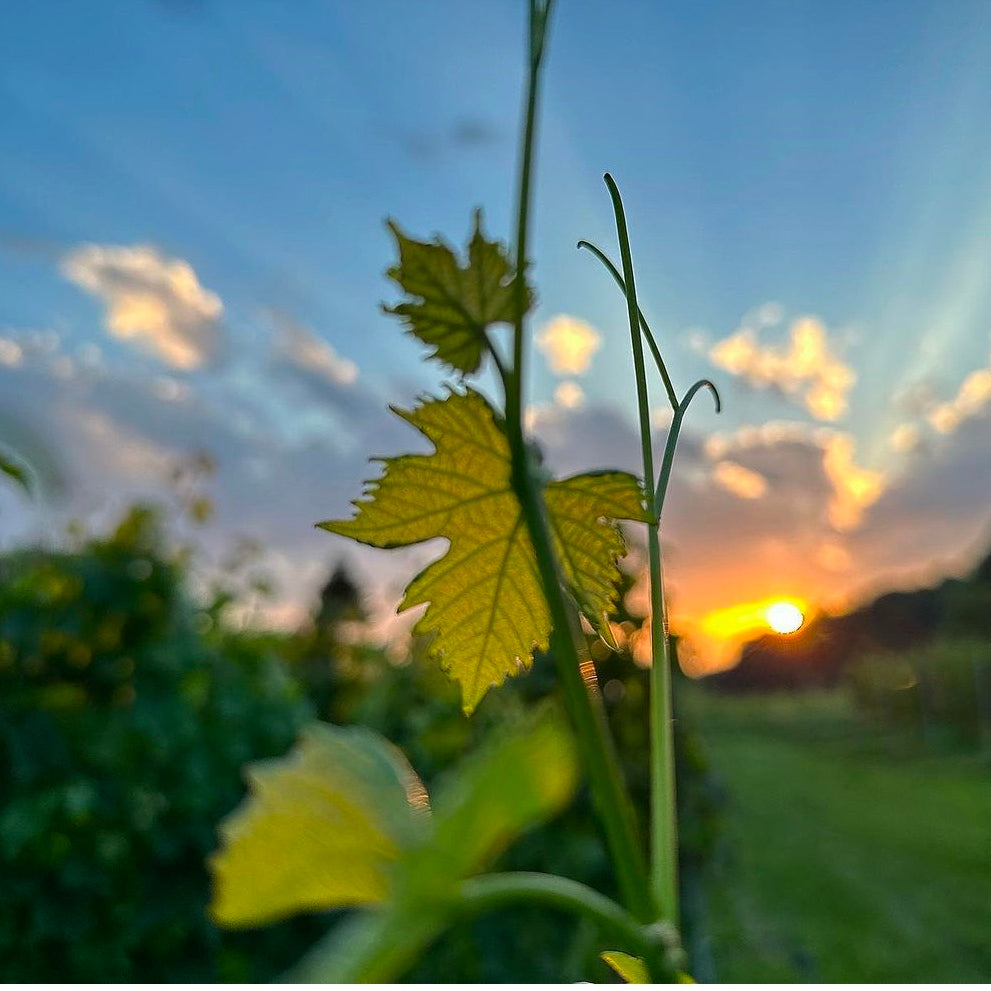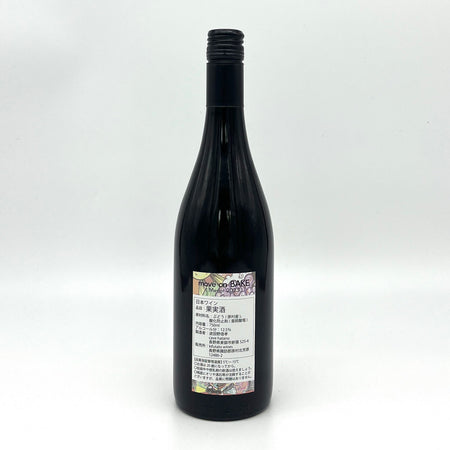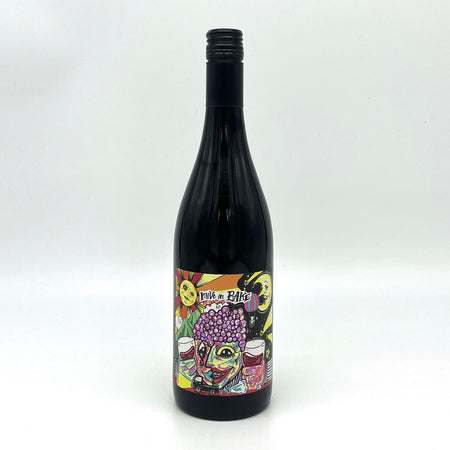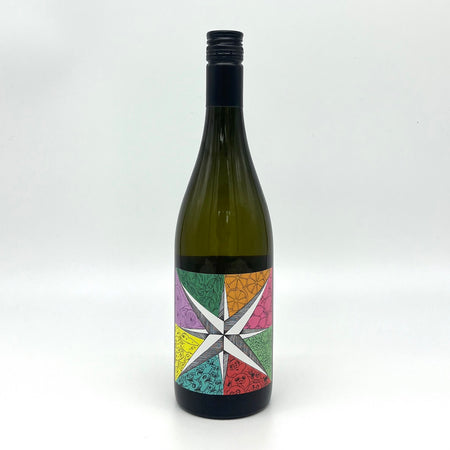kifutato wines
Hara Village, Nagano
People
In the highlands of Hara Village, Nagano Prefecture, there is a small winery called kifutato wines. The name carries the initials of the four family members—Kiriko, Fuko, Takako, and Toshiyuki. It is more than just a name; it reflects a quiet determination to “weave a single story together as a family.”
The winemaker is the elder twin sister, Kiriko. Her journey began with an internship at a winery during university, where she was captivated by the idea of wine as something nurtured by human hands and shaped through a close relationship with nature.

After graduation, she gained hands-on experience in winemaking at Domaine Hide in Yamanashi Prefecture. She then enrolled in a specialized program at the University of Yamanashi, where she studied viticulture, law, and management in a comprehensive and structured manner.
As the culmination of her learning, she trained at Sato Wines in New Zealand, further refining her perspective on natural wines from a global viewpoint. Her passion merges both a global outlook on natural winemaking and a heartfelt connection to her hometown of Hara Village.
The wine labels are the work of Kiriko’s twin sister, Fuko, whose artistic sensibility brings each bottle to life. With delicate brushstrokes, she captures scenes from Hara Village—like a pair of ducks visiting the vineyard or a fox peeking out from the shade of a tree.
Each label holds a memory of nature and family, gently unlocking the hearts of those who hold the bottle in their hands.

Toshiyuki and Takako, the parents, were originally farmers who cultivated flowers and spinach. In response to climate change and shifts in the market, they began growing grapes in 2015 by reclaiming unused farmland. Their tireless dedication and sincere relationship with the soil may have been what inspired their daughters to choose a life rooted in the land.
Vineyard

The vineyard of kifutato wines is located at an altitude of approximately 1,015 meters on the western foothills of the Yatsugatake Mountains, in Hara Village. Even in summer, the mornings and evenings remain cool, and the significant temperature difference between day and night allows the grapes to mature slowly, developing beautiful acidity and rich aroma.
The topsoil consists of kuroboku (volcanic black soil), while the subsoil is made up of red soil and volcanic ash. With excellent drainage and a rich community of soil microorganisms, this land imparts both strength and delicacy to the grapes.
However, cultivation is far from easy. Challenges unique to cool climates—such as late frosts, freeze damage, and strong winds—are a constant concern. To cope with these conditions, the pruning schedule is carefully adjusted for each grape variety, and fires are lit in the vineyards to protect against frost. Successful cultivation demands meticulous observation and swift decision-making.

Currently, around 2 hectares of vineyard are home to about ten different grape varieties, including Pinot Noir, Merlot, Pinot Gris, Chardonnay, Sauvignon Blanc, and Cabernet Franc—a diverse collection of unique personalities coexisting in one place.
Pesticide use is kept to a minimum, with no herbicides or insecticides applied. Guided by the voices of the plants and the soil, all farm work is carried out with great care and patience, in a way that respects the natural rhythm of the land.

“Even the same vine can show a completely different expression from year to year,” says Kiriko. That’s why it’s so important to see and understand the vineyard. The flow of the wind, the movement of insects, the color of the leaves—everything becomes an object of observation, offering signs that guide the next step.
Winemaking
In 2024, kifutato wines finally completed its own winery. Until then, the wines had been produced under contract at several wineries in Nagano and Yamanashi, allowing the team to learn from a variety of styles while steadily building their knowledge and experience. Now, that accumulated wisdom has found its form—blending seamlessly with the unique terroir of Hara Village.

The winery is equipped with tools and machinery personally selected by Kiriko, who carefully visited each supplier herself. Among them is an egg-shaped fermentation tank, designed to promote natural convection during fermentation. The space is filled with thoughtful details—small but essential innovations—that support the delicate adjustments required in the winemaking process.
In the winemaking process, spontaneous fermentation using wild yeast is the foundation. During the winter months, extremely low temperatures can slow fermentation, but the wines are nurtured—almost like raising a living being—by working in harmony with microorganisms. Knowledge of techniques such as cultivating native yeast strains is also applied, allowing the winemaking to adapt while staying true to a natural approach.
What they strive for is a wine that is umami-rich and gently seeps into the body. Nothing unnecessary is added, excessive filtration is avoided, yet no flaws are tolerated. Though the wine may appear entirely natural, it is in fact the result of highly refined observation and careful decision-making, layered with intention at every step.
When you look at the label, you’ll find quiet illustrations of the family’s daily life, the vineyard’s routines, the wind, and the insects. kifutato’s wines are more than just beverages—they are “memories of the land” and “the warmth of a family’s hands”. Each bottle carries a gentle story that stays close to the heart of the one who drinks it.
Find out their wines
move on BAKE 2023
€40,00
small world 2023
€39,00


